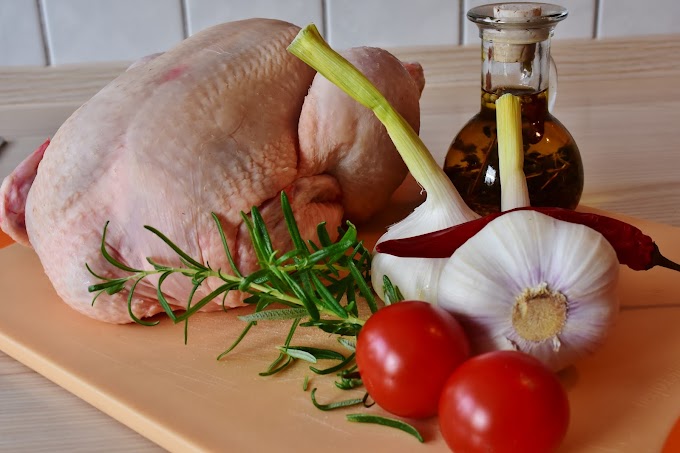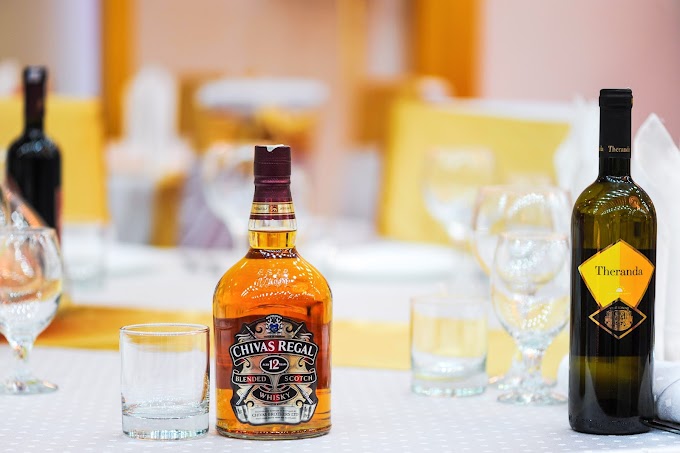Introduction To Tibetan Cuisine
Think Tibetan food and the first thing that would pop up in your mind is the ever popular momo. Fried or steamed no matter how they are consumed momos have become a regular fixture at every Restaurant of Nepal. There is much more to Tibetan cuisine than MOMO. in this article, i am going to talk about Tibetan Cuisine in brief!
When you take a Tibet tours, never miss to taste local Tibetan meals. Tibet has unique food and drink due to its highland climate of the Tibetan plateau, harsh climate, religious beliefs and distinctive ethnic customs. The diet in the Tibetan areas is based primarily on toasted barley flour, wheat flour as well as mutton, yak and beef. The daily diet of the Tibetan people consists largely of meat and dairy products, high in protein, to combat the extreme climate conditions.
They drink wine made of barley. Tea and salt is their daily necessities. Traditional Tibetan food includes Zanba (roasted highland barley flour), meat, and milk products.
High on the menu are such flavors as sausages, barley wine, butter oil tea, beef and mutton eaten with the hands, yak tongue, steamed buns, zanba made from highland barley, pastries, sweet tea, butter tea, dried beef, and minced mutton or beef.
Zanba is made out of barley flour and eaten together with butter and sugar. The Tibetan people often bring barley flour with them in small leather bags when they leave home to do business.
It is made by grinding the roasted highland barley into flour, and mix it with ghee. Tibetan people roast the barley seeds before grinding them into flour. And Tibetan people do not remove the husk of the barley.
Drinking butter tea is a regular part of Tibetan life. Butter tea is made by mixing brick tea, ghee and salt together. Ghee, which looks like butter, is a kind of dairy product of fat abstracted from cow milk or sheep milk. Tibetan people like the ghee made of yak milk. When they make buttered tea, they mix boiled brick tea and ghee in a special can, add some salt, pour the mixed liquid into a pottery or metal teapot and finally heat up the buttered tea (but not boiled it).
According to the Tibetan custom, Tibetan people drink butter tea in separate sips and the host refills the bowl to the brim after each sip. Thus, the guest never drains his bowl because it is constantly topped up. If the visitor does not wish to drink, the best thing for him to do is to leave the tea untouched until the time comes to leave and then drain the bowl. In this way etiquette is observed and the host will not be offended.
Highland Barley Liquor:
Among the recreational activities available, drinking is the most popular way of expressing friendship. The Tibetan people are very hospitable, and it is their custom to offer highland barley liquor to their guests and visitors. People put a little ghee on the mouth of the flagon or the cup as the "pure white decoration". When the host presents you a cup of liquor, you should dip your ring finger in the wine and flick the wine in the air three times to express your respects to the heaven, the earth and the ancestors before sipping the liquor. The host will fill the cup, and you take a sip of the liquor again. After the host fills your cup for the forth time, you have to bottom it up.
Tibetan people used to use silver bowls to toast the guests. But nowadays they usually use big porcelain bowls.
Dried beef and mutton:
As everybody knows, beef and mutton contain high heat energy, which is helpful for people living in the area of high attitude to withstand coldness. Dried beef and mutton will be found hanging in Tibetan tents if you pay a visit to the local families, and the host may ask you to taste the dried raw beef and mutton.
Tibetan people seldom eat fish due to their religion and custom. Restaurants in Tibet at present serve Tibetan, Chinese, and even Western food. The choice for vegetables will be limited due to the short agricultural season.
Also,Tibetans use pots, pans, cans, steamer pots and boxes made from various materials. Tibetan women carry large wooden containers, which can hold up to 25 liters, to fetch water once a day. Returning to the house, they pour the water into built-in copper cans that hold more than 100 liters. Cooking pots made from iron or brass are used on the stove. While Tibetan dinnerware is traditionally made from wood, but sometimes lacquered clay is used. According to local tradition, this handicraft was passed down for generations. Those who could afford to do so purchased high-quality porcelain bowls from elsewhere.
Guests witness hospitality attitude in Tibet. Upon arriving, a guest receives a Khata - a white silk scarf - that symbolizes joy for the visit and reverence for the guest. After entering, a guest's comfort and well-being is cared for in every way, including cooking.
The guest may be offered tea, but instead of accepting immediately, the guest is culturally expected to politely decline - the guest too has to be exemplary. Without hesitating, the host (customarily the woman of the house) immediately serves the tea. The host pours and hands over the cup with both hands as a sign of respect. In the common protocol, the guest only takes a small sip before putting the cup down. The host will fill up the cup and ask the guest to drink again. This is repeated two more times before the guest empties the cup slowly.

























0 Comments
If you have any doubts , please let me know